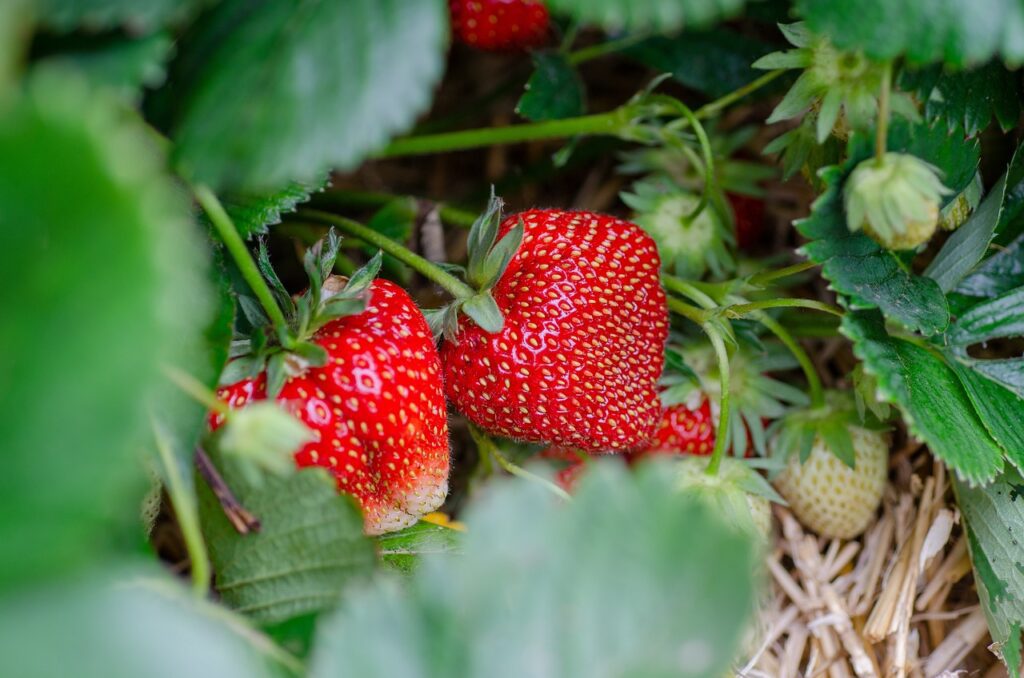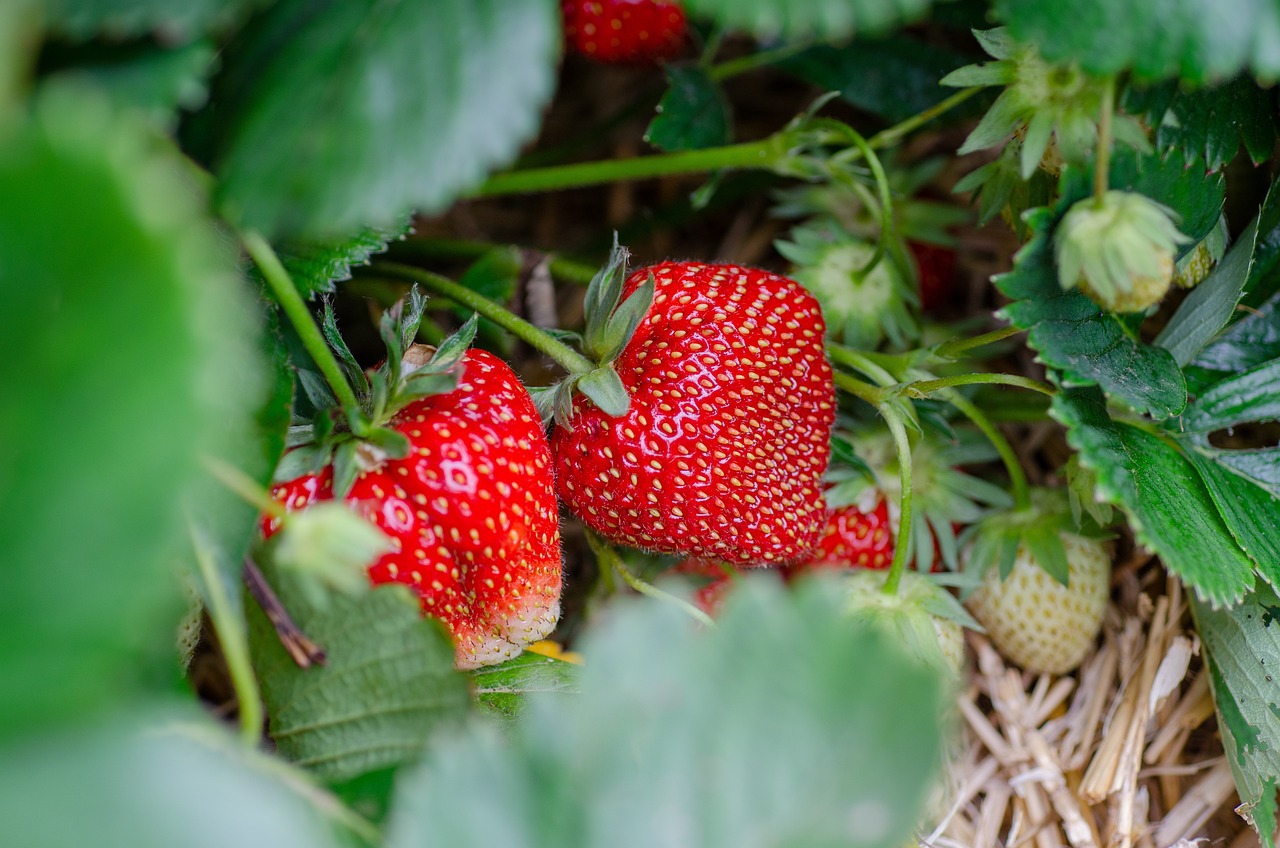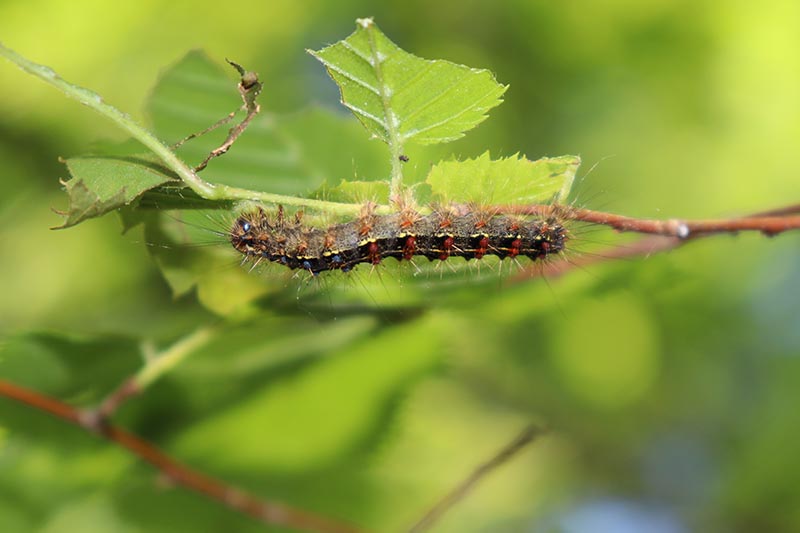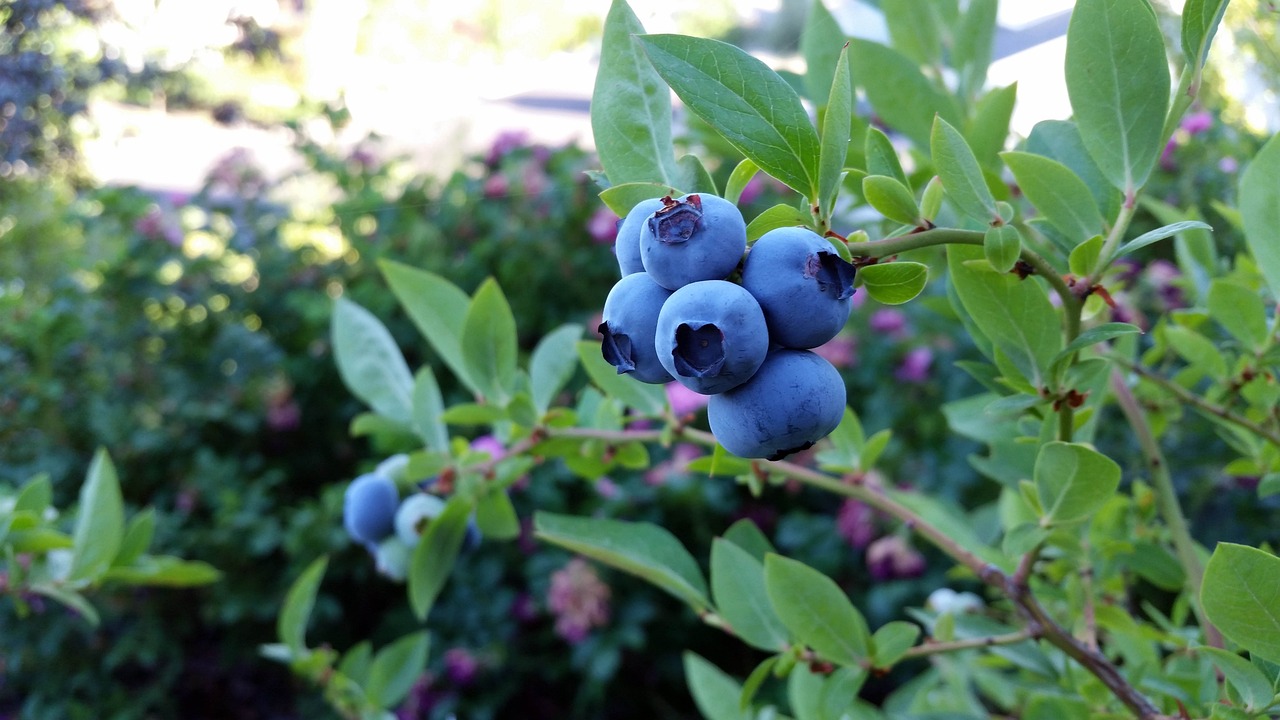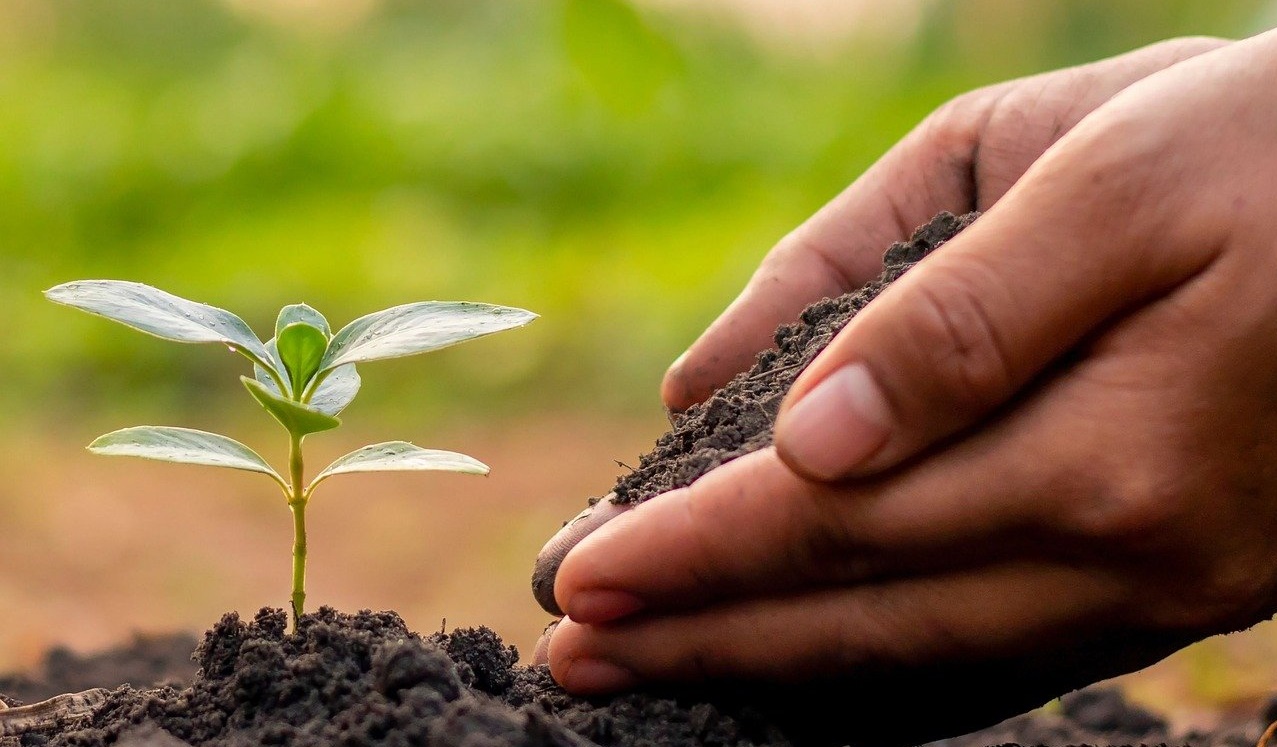Love strawberries? If you do, you can count yourself among the 94% of households in the U.S. that enjoy them, too! This sweet treat is the third most popular fruit in the United States with California producing 80% of the strawberries in this country. Strawberry’s popularity can be traced back to 1509, when Cardinal Thomas Wolsey, King Henry VIII’s right hand man, first introduced strawberries and cream at a public banquet.
Some Botanical Facts About Strawberries
- Native to North America, botanically, strawberries aren’t a single fruit, but a collection of many tiny fruits.
- The strawberry seeds are actually individual fruits called achenes, attached to a fleshy receptacle, the combination of which we know as a strawberry.
- Strawberries, like blackberries and raspberries, are all part of the rose family of plants, but because strawberries have seeds on the outside rather than the inside, they’re not considered true berries.
- The name strawberry is believed to have come from the Old English word, “streawberige,” with “streaw” (strew) meaning “to spread or scatter,” referencing how strawberries grow via horizontal stems called stolons.
- The earliest fruits of the season tend to be the sweetest.
Health Benefits of Strawberries
Like other berries, strawberries are health powerhouses, packed with antioxidants that protect the body from oxidative stress and help reduce inflammation. Fiber-rich and lower than many other fruits on the glycemic index, strawberries can help regulate blood sugar levels and lower the risk of chronic diseases like heart disease, cancer and even cognitive decline. They also have more vitamin C than any other fruit – including oranges!
If strawberries do have a drawback, it’s that non-organic, commercially grown strawberries often wind up on the EWG’s (Environmental Working Group) “Dirty Dozen” of fruits and vegetables most contaminated with pesticides. All the more reason to grow your own!
Growing Strawberries
Strawberries are the most popular fruit grown by home gardeners. They don’t need much space and can be grown in ground, in containers and even in hanging baskets, typically producing good yields of fruit. On average, a healthy strawberry plant can produce anywhere from 150 to 400 strawberries per season.
Types of Strawberries
Modern strawberry cultivars can be classified into one of three different types: June-Bearing, Everbearing, or Day-Neutral.
By planting a combination of June-Bearing and Everbearing and/or Day-Neutral strawberries, you can enjoy fruit production from the first year with Everbearing and Day-Neutral strawberries, and high yield and quality from June-bearing strawberries.
Everbearing and Day-Neutral varieties are good choices for containers and hanging baskets due to their compact size, ability to produce fruit the first year and extended growing period.
June-Bearing Strawberries
- Cultivars respond to the short days of spring by blooming and setting fruit. They bear one crop per season over a period of 2-3 weeks.
- June-bearing strawberries are the most familiar type and produce the largest fruits as well as abundant yields.
- New plants should be planted in November. With proper care, these perennials have a life span from 3-5 years.
- Runners should be encouraged to develop into multiple new plants called a matted row. Ideally, these runners should be moved or trained to root evenly across a bed 12-18” wide.
- All of the flowers of June-Bearing strawberries should be removed in their first year to encourage root and runner development and higher fruit yield.
- Recommended varieties to try include: AC Wendy, Annapolis and Earliglow for early fruit production, Allstar, Darselect, Flavorfest and Rutgers Scarlet for mid-season berries and Jewel and AC Valley Sunset for late season production. Jewel is the most widely grown variety in the Northeast due to its excellent flavor and large, prolific fruit production.
Everbearing Strawberries
- Cultivars produce two crops annually: one in the spring and a second, smaller crop in the fall.
- Smaller and less intensely flavored than June-Bearing varieties, Everbearing cultivars provide an extended supply of fresh berries throughout the summer into fall.
- Plant in early to mid-spring, 12” apart.
- Like June-Bearing varieties, Everbearing strawberries are considered perennials that can live, with proper care, from 3-5 years.
- They will also produce runners that should be encouraged to grow new plants for ongoing fruit production. Remove all flowers from Everbearing strawberries until the start of July, then let flowers turn to fruit.
- Recommended varieties include Ever-Sweet, Loran, Ozark Beauty, Seascape and Quinault.
Day-Neutral Strawberries
- Cultivars flower and set fruit when temperatures are between 35o-85oF.
- Unlike June-Bearing types, Day-Neutral cultivars produce a crop the first year they are planted.
- Similar to Everbearing varieties, Day-Neutral strawberries should be planted in early spring.
- Remove flowers from Day-Neutral strawberry plants for the first four to six weeks after planting to encourage vegetative growth.
- Day-Neutrals will keep producing fruit from late June to mid-fall, with peak production in August, with typically significantly higher yields than June-Bearing strawberries over the growing season.
- Recommended varieties include Albion, Tribute, Tristar and Delizz®. Delizz was the first strawberry to be selected as an All-American Selections Winner, and is perfect for containers and hanging baskets.
General Growing Tips for Strawberries
- Strawberries need at least 8 hours of full sun each day.
- They prefer slightly acidic soil (pH 5.3 to 6.5). If the pH is less than 5.3, add lime to raise it to the appropriate pH range.
- Planting depth is critical for success; cover the roots and only half of the crown of the strawberry transplant with soil.
- Space plants about 12-18” apart in rows 24” wide.
- Because they grow so close to the ground, mulching with straw can help keep berries off the ground where dirt on the berries can cause mold and rot.
- Due to their shallow roots, strawberries need about 1-2” of water per week during production. Drip irrigation helps keep water off of the leaves, discouraging mold development.
- A balanced 10-10-10 or 12-12-12 fertilizer is ideal for strawberries. All-natural fertilizers, include blood meal, kelp meal, soybean meal, and alfalfa meal.
- Cover growing berries with netting to discourage them from being eaten by birds and small animals.
Main Image Credit: PixaBay

